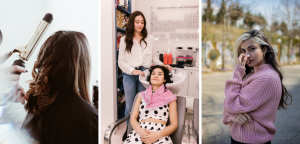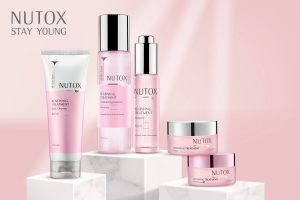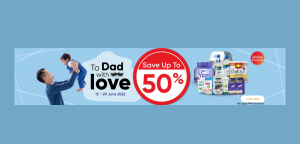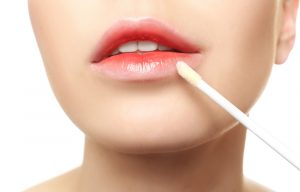Trending
Toxic Ingredients In Beauty Products That You Should *Completely* Avoid At All Cost
Notorious reputation
By: Balqis Ariffin / June 15, 2022
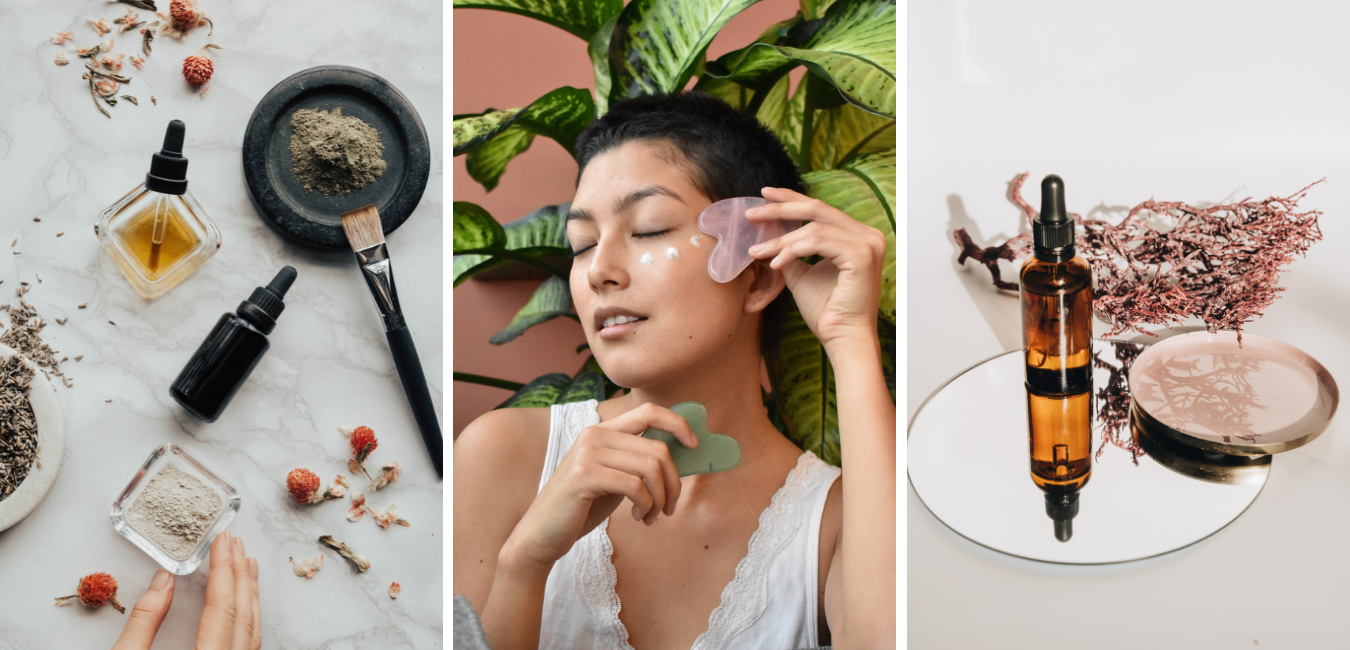
In the realm of clean beauty, toxic ingredients constitute a segment of the movement, indicating their significance. With the pervasiveness of anything related to clean formulation, it has ignited a realisation of the things that we put on our skin. The truth is that there is an infinite list of ingredients that are perceived to be toxic every minute as we speak. However, the lack of regulation over these ingredients means that the consumer has to be self-educated and selective when purchasing any beauty products. Thanks to the rise of the clean beauty trend, more people are conscious of the substantial effects of the toxic ingredients on their health and environment. This list of toxic ingredients is notorious for its reputation and you should avoid using them at all costs. So, scroll down and bookmark this page!
Contents
The List of Toxic Ingredients in Beauty Products
Parabens

Parabens are one of the most debatable toxic ingredients which have garnered a mixture of perceptions on their level of harmfulness. Parabens are a type of preservative that prevents the proliferation of bacteria or mould growth in beauty products.
Previous research has shown that parabens imitate the oestrogen present in the human body, in which they are connected to several health issues including obesity, thyroid disruption, cancer and reproductive organ damage. The findings on hormone-related cancer are correlated with research which indicates that traces of parabens are found on breast cancer tissue.
Another study published in 2019 also found that parabens trigger the early onset of puberty among girls. In 2015, the European Commission banned several types of parabens including isopropylparaben, isobutylparaben, phenylparaben, benzylparaben and pentylparaben. However, these ingredients are still permitted by the FDA on cosmetics products.
Formaldehyde
With a notorious reputation that transcends time, formaldehyde is a carcinogenic ingredient that is known to cause several health conditions. Contrary to different beliefs, there are still products that are being formulated with formaldehyde despite its threat, ranging from hair straightening products, and eyelash glue to nail polish.
Unfortunately, even if you discern the label to rule out the existence of formaldehyde, it might disguise itself as other ingredients which are subsumed as formaldehyde releasers. Among the names that you should look out for are DMDM hydantoin, bronopol, methylene glycol, quaternium 15, and 3 dioxane. According to the U.S. Occupational Safety and Health Administration (OSHA), exposure to formaldehyde causes sore throat, nosebleeds, irritation and eye itchiness.
Synthetic Fragrance
If you ever decide to scroll through the product’s label, it is likely that you see fragrance or parfum among the list of formulations. Although the scent is considered an essence of the product, such a simple term is often used to camouflage chemicals that the brand is not obligated to disclose. So, the real question remains unanswered, what exactly are you putting on your skin?
Phthalates
Phthalates are an ingredient that is often disguised under fragrances. Primarily, it helps to prolong the scent of the fragrance and make products like nail polish and hair spray more pliable. It is also abbreviated as DEHP, DEP, BBzP and DBP on the formulation. The downside is that phthalates have been associated with several health concerns including infertility, breast cancer, obesity, cardiovascular related disease, type 2 diabetes and even disrupting the endocrine, earning a spot in our list of toxic ingredients.
Ethoxylated Agents

Ethoxylated agents comprise polyethylene glycols (PEGs), ceteareths, oleth, and sulphates which provide a luxurious lather to cleansers. Sulphates can be derived from synthetic ingredients or even natural sources like sulfur, petroleum, coconut oil and palm oil. PEGs are thickener chemicals that are often formulated in cream-based products, however, it is known to cause irritation.
The main culprit among them all has to be sodium lauryl sulphate which is infamously known for its ability to strip the natural oils on the hair. In order to counter such drawbacks, the sodium lauryl sulphate undergoes an ethoxylation process to convert it into sodium laureth sulphate, producing a 1,4-dioxane element. This compound is regarded as toxic as it features carcinogenic properties. In fact, it was listed by the International Agency for Research on Cancer (IARC) among the list ingredients that are possibly carcinogenic.
Hydroquinone
Hydroquinone is a bleaching agent that is found in skin lightening products including for hyperpigmentation. The majority of the over-the-counter products feature a two percent concentration of hydroquinone and even more if you attain them by prescriptions. Initially, it was approved by the FDA before it was taken off the market due to safety reasons. However long story short, it seems that the products contain mercury. Thereby such negative effects are not attributed to hydroquinone. However, it does not mean that hydroquinone can escape the gruelling facts that it is linked to cancer, disrupting the immune response, damaging the adrenal gland and ochronosis. Other countries including Europe, Japan, Australia and several African states have banned the usage of hydroquinone in cosmetic products.
Talc
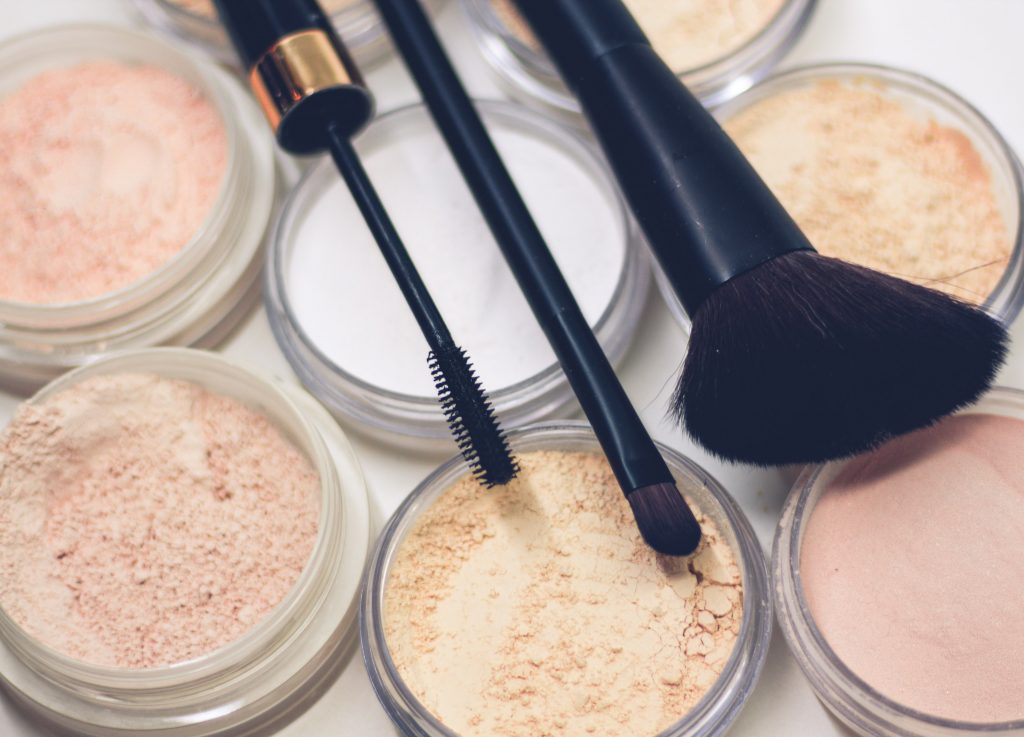
If you’re a fan of powdered products, you might want to take a look at the list of ingredients and see if it contains talc. Unfortunately, if they do, we got some bad news for you. A talc is a form of mineral created from oxygen, magnesium, silicon and hydrogen. As a common absorbent in beauty products, it can be found in face powder, talc powder and eye shadows. Talc that has not been purified has a risk of being contaminated with asbestos which makes it carcinogenic. The International Agency for Research on Cancer (IARC) has also indicated that talc that contains asbestos is carcinogenic to human health.
Make sure to follow Beauty Insider on Instagram and Facebook for the latest news updates.


